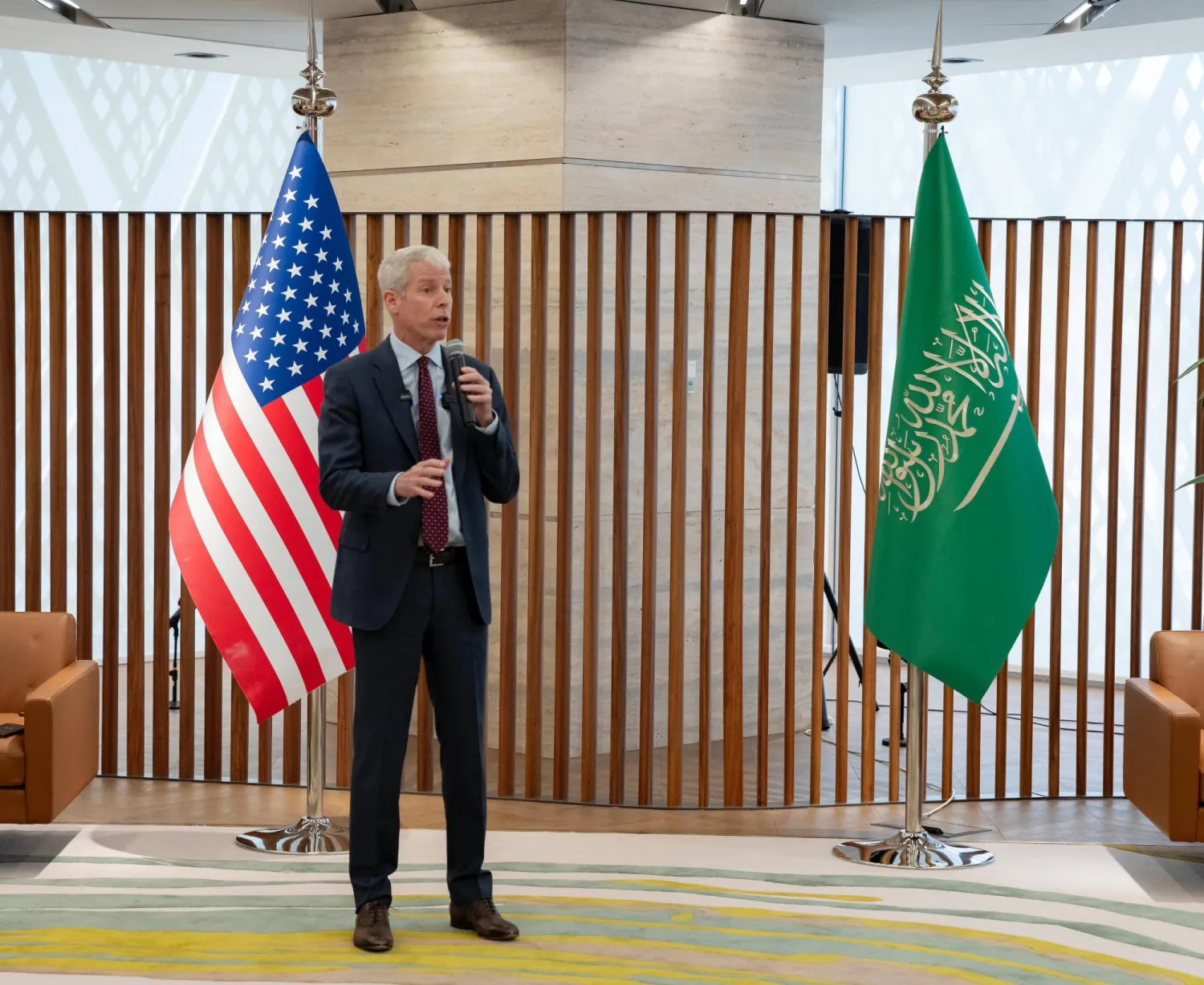Gold prices drifted up on Tuesday, with the spotlight shifting to key inflation reports due this week, which could offer more insights on the pace and scale of the US Federal Reserve's interest rate cuts this year.
Spot gold was up 0.4% at $2,344.39 per ounce by 0557 GMT after falling 1% on Monday, Reuters reported.
US gold futures rose 0.3% to $2,350.00.
The US producer price index data is scheduled for release at 1230 GMT, followed by the consumer price index on Wednesday. The CPI data is expected to show core inflation rose 0.3% month-over-month in April, down from 0.4% the prior month, according to a Reuters poll, pulling the annual rate down to 3.6%.
"If gold manages to hold above $2,320- $2,330 range, that is a sign of positiveness. That means short-term momentum will be bullish and with that support after a weaker CPI data, potentially gold could test the all-time high level in the short-term," said Kelvin Wong, a senior market analyst for Asia Pacific at OANDA.
However, currently "gold prices are supported by ongoing stagflationary risk scenario that is kind of ignoring the whole higher cost of holding gold."
Bullion is known as inflation hedge but elevated interest rates reduce the opportunity cost of holding gold.
Last week's weak jobs report and a softer-than-expected US payrolls report for April have increased expectations for rate reductions this year. The Fed will cut its key interest rate twice this year, starting in September, according to a stronger majority of economists polled by Reuters.
Spot silver rose 0.8% to $28.41 per ounce and palladium gained 0.8% to $968.43.
Platinum was up 0.6% to $1,002.90, after hitting a near one-year peak on Monday.
BHP Group is likely to sweeten its $43 billion takeover offer for Anglo American for a second time and possibly add cash, investors in both companies said, after the London-headquartered target rejected a higher bid.
Gold Prices Drift Higher as Key US Inflation Data Looms

A salesman arranges gold bangles at a jewelry shop in Chennai, India, on May 10, 2024. (Photo by R. Satish BABU / AFP)

Gold Prices Drift Higher as Key US Inflation Data Looms

A salesman arranges gold bangles at a jewelry shop in Chennai, India, on May 10, 2024. (Photo by R. Satish BABU / AFP)
لم تشترك بعد
انشئ حساباً خاصاً بك لتحصل على أخبار مخصصة لك ولتتمتع بخاصية حفظ المقالات وتتلقى نشراتنا البريدية المتنوعة





